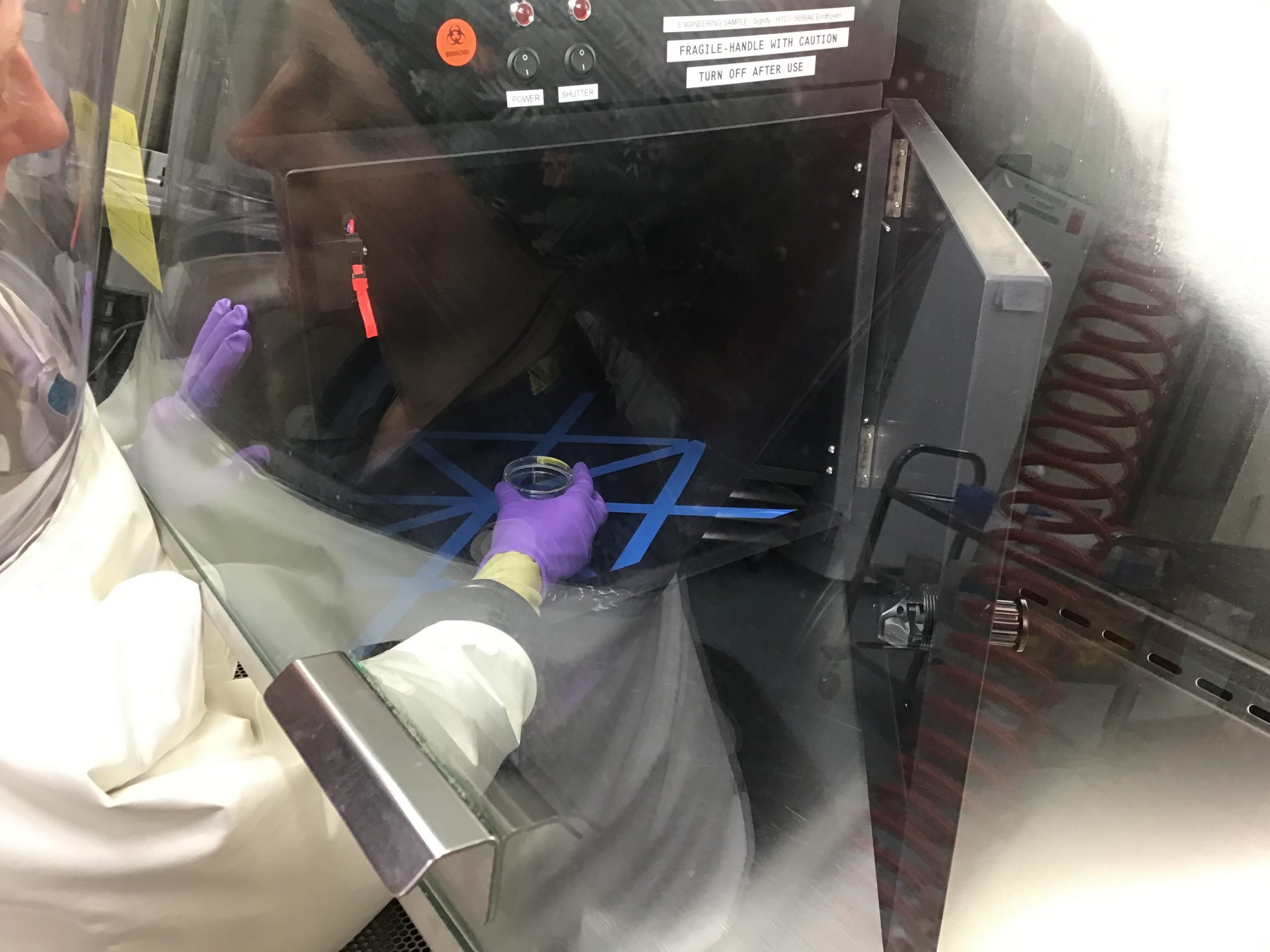
Certain doses of UV-C light can almost completely kill COVID-19. Global lighting company Signify and the National Emerging Infectious Diseases Laboratories (NEIDL) at Boston University have conducted research that claims to validate the effectiveness of Signify’s UV-C light sources on the inactivation of SARS-CoV-2, the virus that causes COVID-19.
Since the start of the SARS CoV-2 pandemic, Dr. Anthony Griffiths, Associate Professor of Microbiology at Boston University School of Medicine and his team have treated inoculated material with different doses of UV-C radiation and assessed the inactivation capacity under various conditions. A dose of 5mJ/cm2 is said to result in a reduction of the virus of 99% in 6 seconds. Based on the data, the researchers determined that a dose of 22mJ/cm2 will result in a reduction of 99.9999% in 25 seconds.
“Our test results show that above a specific dose of UV-C radiation, viruses were completely inactivated: in a matter of seconds we could no longer detect any virus”, said dr. Anthony Griffiths in a statement published by Signify. “We’re very excited about these findings and hope that this will accelerate the development of products that can help limit the spread of COVID-19.”
Signify CEO Eric Rondolat Says Boston University has validated the effectiveness of the light sources as a preventive measure for companies and institutions as they seek ways to provide virus-free environments. “Given the potential of the technology to aid the fight against the coronavirus, Signify will not keep the technology for its exclusive use but make it available to other lighting companies. To service the growing need for disinfection we will increase our production capacity multifold in the coming months.”
Not without danger
The use of UV-C is not without danger though. “UV-C is really nasty stuff – you shouldn’t be exposed to it”, says Dan Arnold in an interview with the BBC. Arnold works for UV Light Technology, a company that provides disinfecting equipment to hospitals, pharmaceutical companies, and food manufacturers across the UK. “It can take hours to get sunburn from UV-B, but with UV-C it takes seconds. If your eyes are exposed… Do you know that gritty feeling you get if you look at the sun? It’s like that times 10, just after a few seconds.” Unlike UV-A and UV-B, which are transmitted by the sun and can be blocked with good sun cream, UV-C is a relatively obscure part of the spectrum and consists of a shorter, more energetic wavelength of light. The BBC adds: “It is particularly good at destroying genetic material – whether in humans or viral particles. Luckily, most of us are unlikely to have ever encountered any. That’s because it’s filtered out by ozone in the atmosphere long before it reaches our fragile skin. Or that was the case, at least, until scientists discovered that they could harness UV-C to kill microorganisms.”
To use UVC safely, you need specialist equipment and training, Arnold stresses. The World Health Organization (WHO) has issued a stern warning against people using UV light to sterilize their hands or any other part of their skin. US President Donald Trump has recently suggested that UV light could be brought inside the body to kill the coronavirus. “It’s not clear which type he meant, but given what we know about the damage UVA, UVB and UVC can do to genetic material and living tissues, this would be a bad idea – let alone impractical, since COVID-19 mostly infects the lungs”, the BBC reports.
In China, UV light is already widely used to clean buses and other public businesses.

